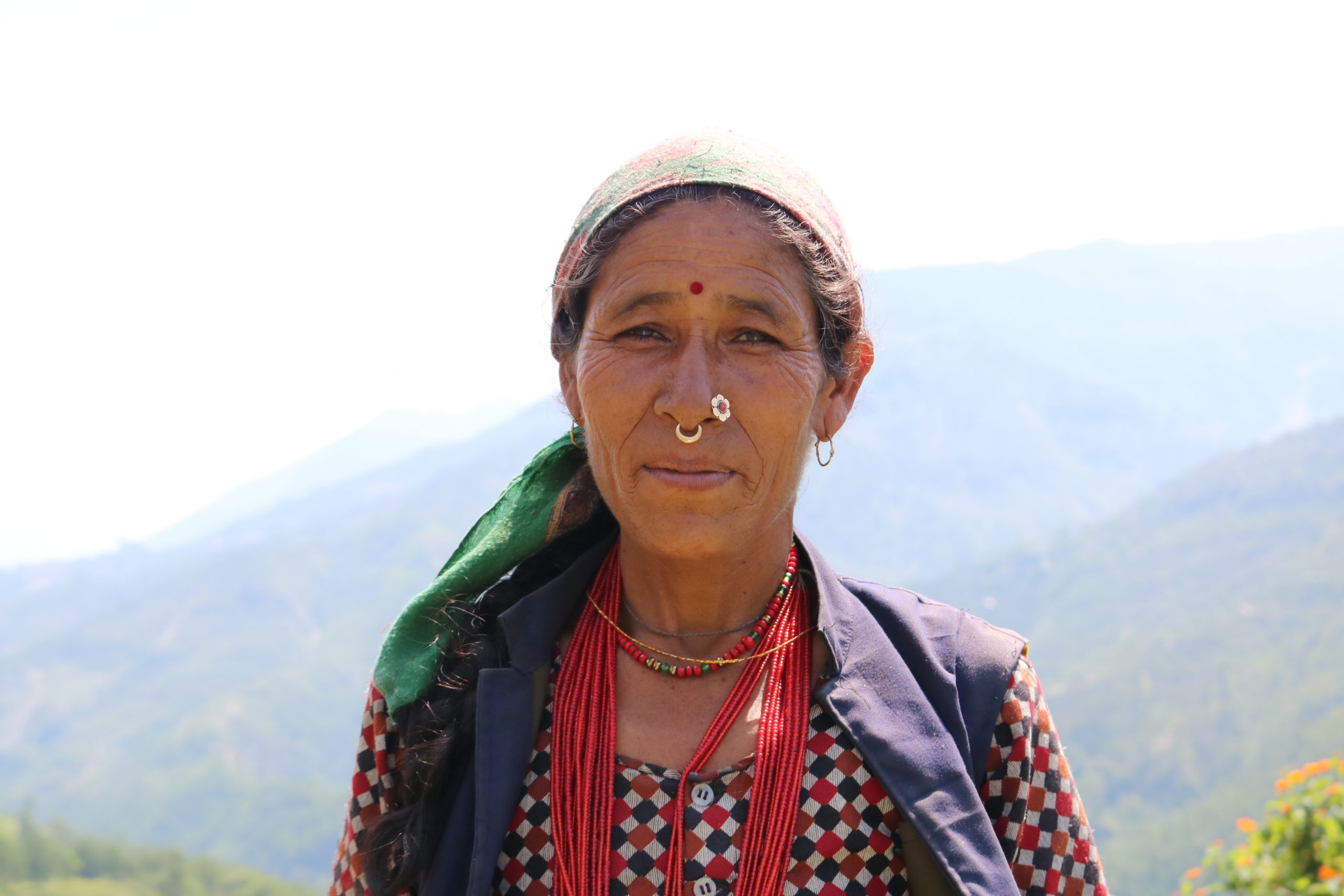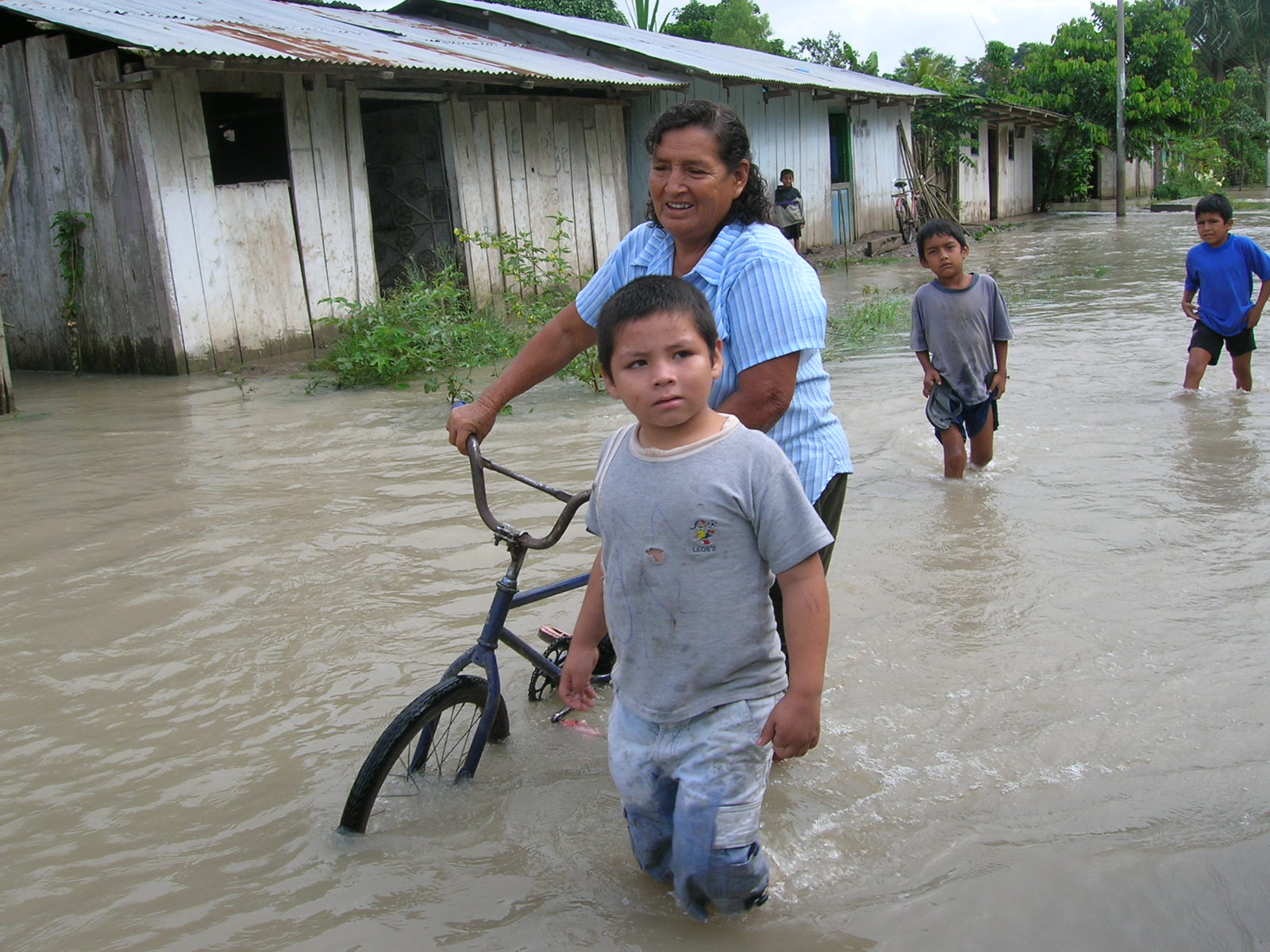Gender inequalities mean that women are particularly vulnerable in emergency situations. But as flood risk increases, it is more important than ever to build communities’ resilience. A new study is looking at how considering gender in flood early warning systems can create transformative changes that keep women safe.
Why do we need to think about gender in disaster risk reduction?
Gender inequalities exist in many societies around the world, and as a result women are often more exposed to risk and more severely impacted during disaster events. During disasters in areas with low gender equality, mortality rates are typically higher for women than men, women are more likely to lose their source of income and women are more likely to be victims of gender-based violence which has been found to increase in post-disaster settings. Disaster risk reduction approaches, including early warning systems, need to consider gender inequality so that women have the same opportunities as men to prepare for, and protect themselves in, emergency situations.
Increasing flood risk
Every year more and more people are at risk from floods. Growing populations are placing more people in harm’s way and we unsustainable land use practices, like construction and deforestation, increase the likelihood and severity of flooding. Additionally, climate change is making rainfall patterns more erratic, and storms stronger and more unpredictable. As a member of the Zurich Flood Resilience Alliance, Practical Action working with vulnerable populations in Nepal, Bangladesh and Peru to build their resilience to increasing flood risk so that they can continue to thrive following a disaster.
The start of the study: we need to know more!
Flood early warning systems provide communities with the time they need to prepare for and respond to floods safely. However, existing disaster risk reduction strategies and warning systems often overlook the needs, capacities, constraints and priorities of the most vulnerable and marginalised groups: such as women, children, the elderly and people with disabilities.
Very little research exists on gender in flood early warning systems, so we set out understand the ways in which gender is and is not being recognized and accounted for in early warning systems in Nepal and Peru. The lessons we learn through this research will help us to improve the safety of women in floods and build gender equality into our early warning systems.
What did we find out?
We spoke to the men and women threatened by flooding in Peru and Nepal, asking questions one-to-one and in groups to find out about their experiences of flooding. Their answers showed that men and women are highly aware of the risks they face, and generally agree that women face unique barriers in emergency situations. Key examples given were the responsibilities that women have for the home and dependents; the fact that women are often left to face emergencies alone while men are at work, and are often not equipped with the training they need to respond; and the fact that men are much more reluctant than women to evacuate. Women’s lack of decision-making power means that they are likely to be reliant on men to get to a safe location, and by the time the decision is made, the safety of evacuation routes is often compromised. When safe shelter is reached, the key difficulty highlighted by men and women is a lack of separate bathroom facilities for women, which means that women’s privacy and dignity is undermined, and increases risk of sexual assault.
What’s next?
We see two key steps ahead in order to ensure that all women and men have access to, understand, and can act on warning information.
The first step is developing early warning systems which are gender sensitive: we can include women by having a more flexible approach to training so that they can participate, holding sessions close to home, at various times of day and accommodating childcare needs. We can also look at how we’re disseminating information, and explore options such as radio broadcasts and voice messages to address literacy-based barriers. We also need to ensure that evacuation routes and shelters are safe for women and do not raise any additional risks.
The next step is a gender transformative early warning system : this will transform gender norms which currently make women more vulnerable to risks, supporting women to be equal to men in decision-making and so enable them to act according to their own needs and priorities.
Community members in Nepal and Peru have helped us to identify the key issues we need to address in order to achieve this transformation, and we look forward to continuing to work alongside them to meet that challenge.
Find out more…
We will be sharing more about this exciting research at the upcoming Understanding Risk Forum, and in a full report which will be made available online.



Comments